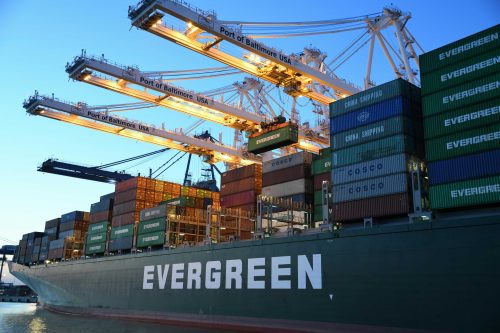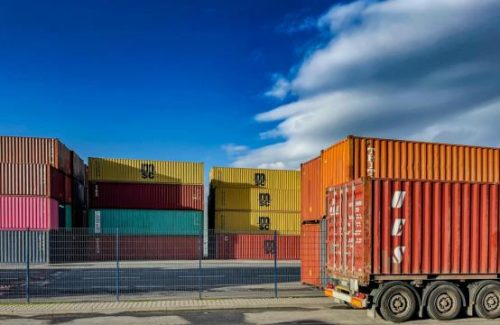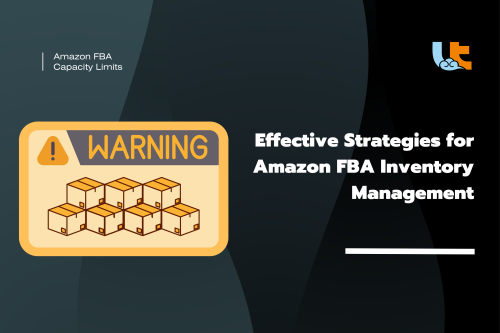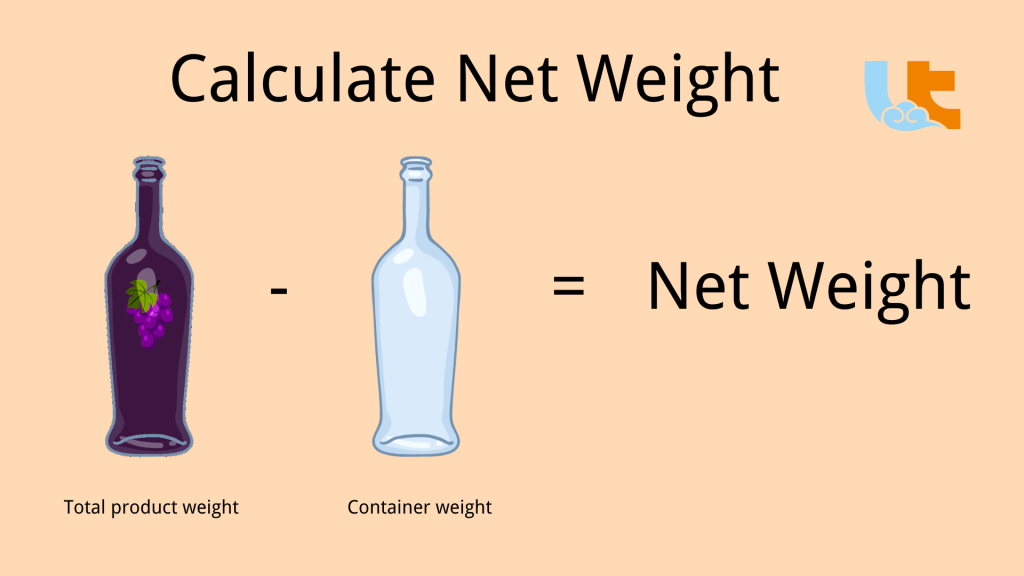
From shipping costs to regulatory compliance, the distinction between net weight and gross weight plays a pivotal role in streamlining logistics and maintaining customer satisfaction. Missteps in these calculations can lead to inflated shipping fees, operational inefficiencies, or even legal troubles. On the other hand, getting it right can help reduce costs, improve inventory management, and enhance the overall customer experience.
This guide dives into the differences between net weight and gross weight, why they matter, and how accurate weight management can optimize your business operations.
What is Net Weight?
Net weight refers to the actual weight of the product itself, excluding any packaging or additional materials. For example, if you sell Bottled of wines, the net weight is the weight of the wines alone, without the jar, lid, or label.
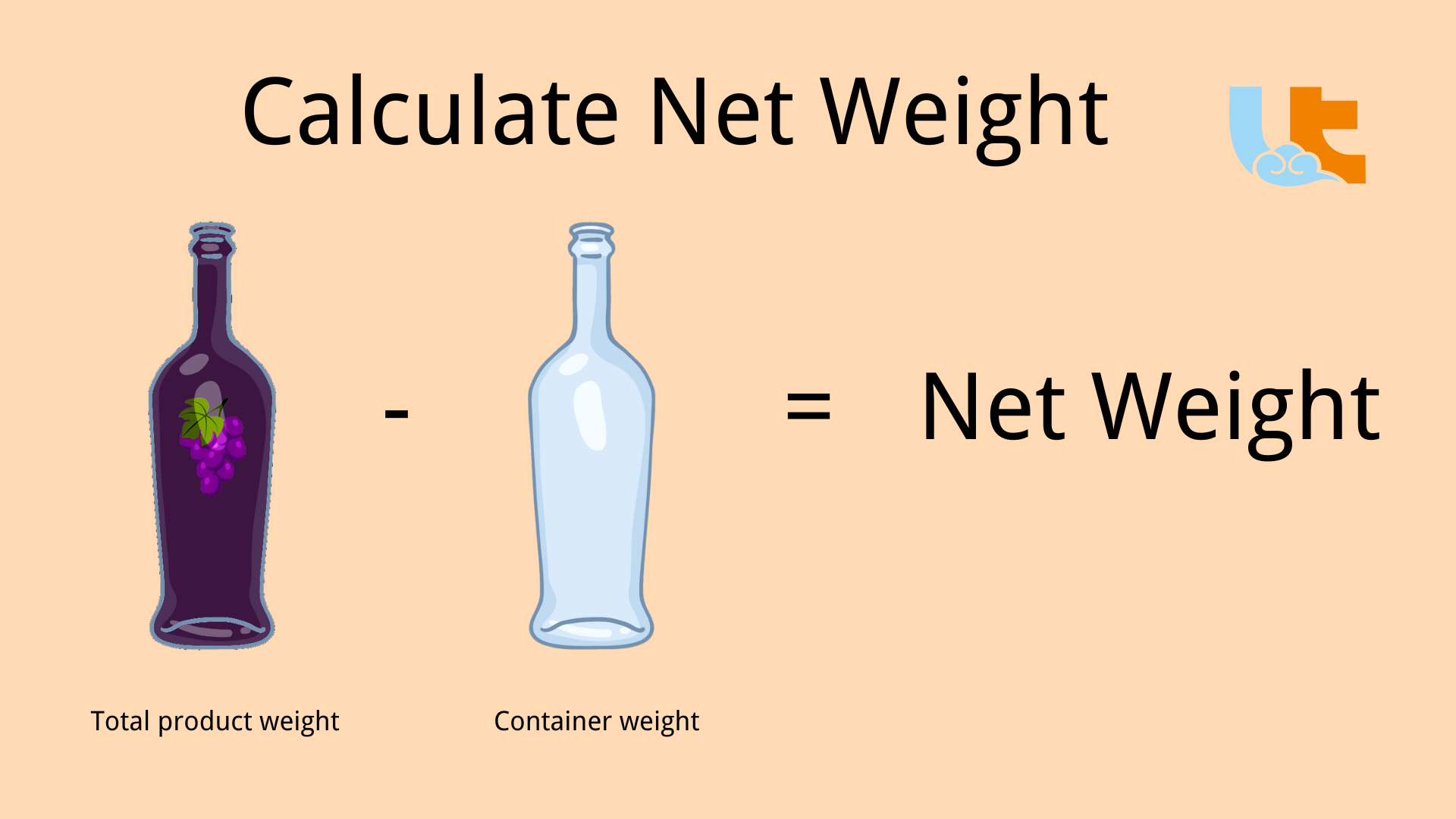
This is the weight of a single item, if you need to calculate the total weight, just use the weight of a single item * total quantity.
Net weight is particularly important in industries like food, cosmetics, and pharmaceuticals, where accurate product weight is not only expected by customers but may also be required by law. Clear and precise net weight labeling builds trust with consumers and ensures compliance with regulations.
Net weight in transportation
Inventory Management
Net weight is a critical metric for maintaining accurate inventory records. It allows ecommerce businesses to verify shipments, identify discrepancies, and streamline audits. For instance, if your warehouse management system (WMS) tracks 500 units of a product but the total weight doesn’t align with the expected net weight per unit, it’s a clear signal that something is amiss. Tools like Linktrans’s WMS can help automate and simplify this process, ensuring smooth operations.
Regulatory Compliance
Many industries require net weight to be clearly listed on product labels. For example, food products sold in the U.S. must display accurate net weight information to comply with FDA regulations. Mislabeling net weight can result in fines, penalties, or even product recalls, making it essential to get it right.
Shipping Cost Optimization
Understanding net weight is the first step in calculating shipping costs accurately. While carriers primarily use gross weight or dimensional weight to determine fees, knowing the net weight helps identify areas where packaging can be optimized to reduce overall shipping expenses.
How to Calculate Net Weight
Calculating net weight is simple: subtract the weight of all packaging materials from the total weight of the product and its packaging. Here are a couple of examples:
Example 1: Jars of Honey
Total weight (jar + honey): 3.5 lbs
Weight of the empty jar: 2.5 lbs
Net weight = 3.5 lbs – 2.5 lbs = 1 lb
Example 2: T-Shirts in Poly Bags
Total weight (shirt + bag): 0.7 lbs
Weight of the poly bag: 0.1 lbs
Net weight = 0.7 lbs – 0.1 lbs = 0.6 lbs
What is Gross Weight?
Gross weight is the total weight of the product, including all packaging materials, shipping boxes, and any protective fillers. This is the weight that shipping carriers typically use to calculate shipping fees.
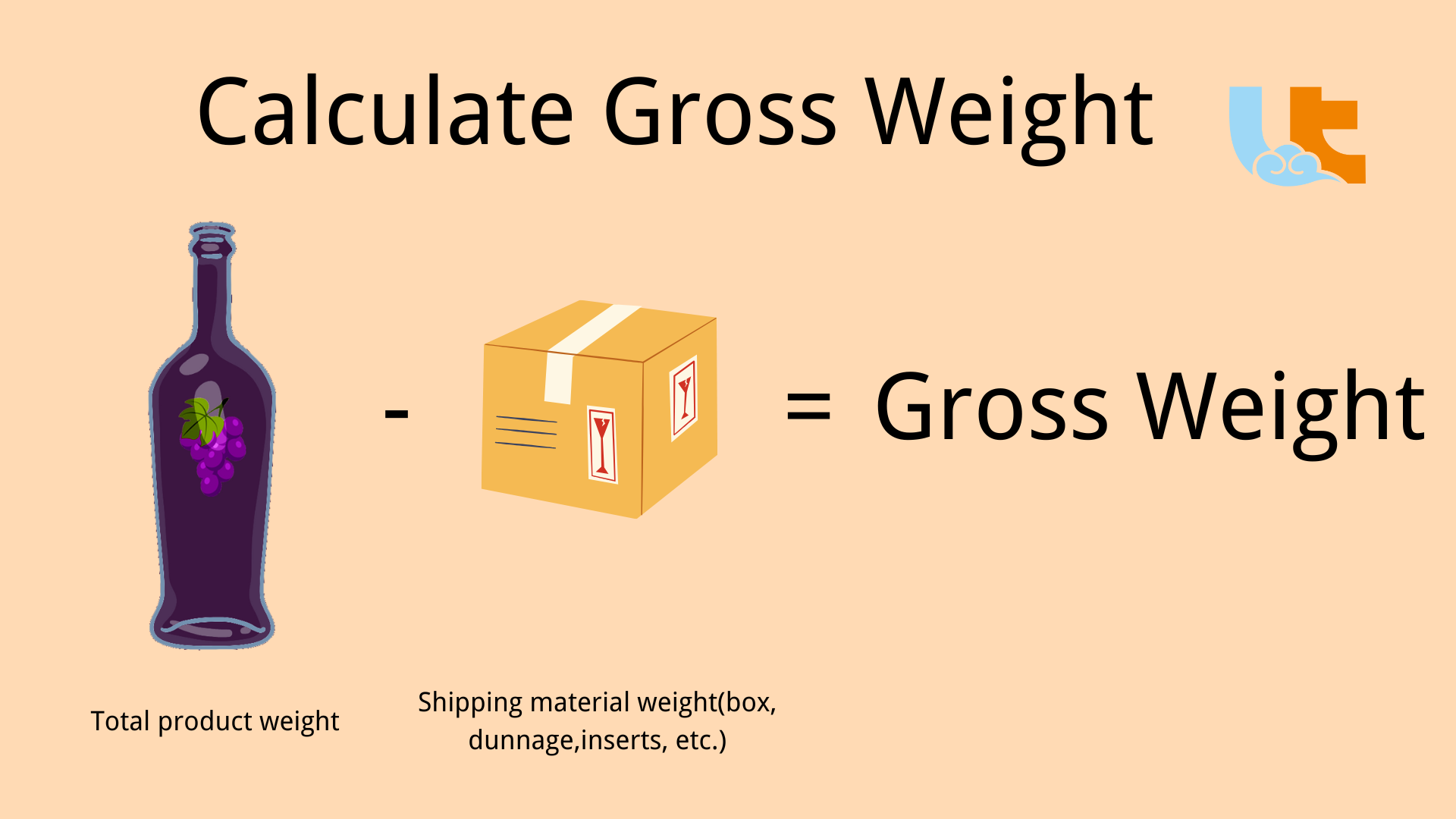
Gross weight is a crucial factor in ecommerce logistics, as it directly impacts shipping costs, packaging decisions, and customer satisfaction.
Gross Weight in transportation
Shipping Costs
Carriers determine shipping fees based on either gross weight or dimensional weight, whichever is greater. Accurate gross weight calculations help avoid unexpected charges and ensure you’re not overpaying for shipments.
Packaging Optimization
Efficient packaging design can help minimize gross weight without compromising product safety. For example, replacing heavy dunnage with lightweight materials can reduce shipping costs while maintaining adequate protection for the product.
Customer Experience
Excessive packaging can frustrate customers, especially if it feels wasteful or inconvenient to handle. Thoughtful packaging that balances weight and protection not only saves costs but also leaves a positive impression on buyers.
How to Calculate Gross Weight
To calculate gross weight, add the net weight of the product to the weight of all packaging materials. Here are some examples:
Example 1: Smartphone Shipment
Net weight of the phone: 0.5 lbs
Weight of the retail box, charger, and manual: 1.2 lbs
Weight of the shipping box and protective materials: 0.8 lbs
Gross weight = 0.5 lbs + 1.2 lbs + 0.8 lbs = 2.5 lbs
Example 2: Bulk Shipment of Chairs
Net weight of the chairs: 800 lbs
Weight of the wooden crate: 150 lbs
Weight of the pallet: 50 lbs
Weight of straps and dunnage: 20 lbs
Gross weight = 800 lbs + 150 lbs + 50 lbs + 20 lbs = 1,020 lbs
Why Accurate Weight Measurements Matter
Shipping Costs
Accurate weight data is essential for calculating billable weight, whether it’s gross weight or dimensional weight. Overestimating weight can lead to inflated shipping fees, while underestimating can result in carrier adjustments and unexpected costs.
Regulatory Compliance
For industries like food and cosmetics, accurate net weight labeling is a legal requirement. Failing to comply with these regulations can result in fines, product recalls, or damage to your brand’s reputation.
Operational Efficiency
Precise weight measurements enable automation in processes like picking, packing, and shipping. This is especially important when working with third-party logistics (3PL) providers like Linktrans, where efficiency depends on accurate data.
Customer Satisfaction
Customers expect the product they receive to match its description, including weight. Accurate weight measurements prevent customer dissatisfaction and reduce the likelihood of returns.
International Shipping
For businesses shipping internationally, weight accuracy is even more critical. Many countries have strict weight regulations, and incorrect declarations can lead to delays, fines, or penalties.
Key Regulations About Cargo Weights
The International Maritime Organization (IMO) - SOLAS Convention introduced the requirement for shippers to provide their Verified Gross Mass (VGM) prior to loading a container onto a vessel.
For road freight in the United States, the FMCSA establishes weight limits, not allowing a vehicle to exceed the GVWR. (The GVWR is the maximum allowable weight of a vehicle, including its cargo, passengers, and fuel.
In the European Union, road freight is governed by Directive 96/53/EC, which sets maximum weight limits for vehicles operating within member states.
For air freight, the IATA Dangerous Goods Regulations (DGR) and other guidelines ensure the safe transportation of cargo, particularly when weight is a critical factor.
You may need a trustworthy logistics expert who knows the industry sector, contact us, linktrans is your most loyal partner, we are the logistics carrier for Amazon.You can also get to know us through any channel, including meeting us.




